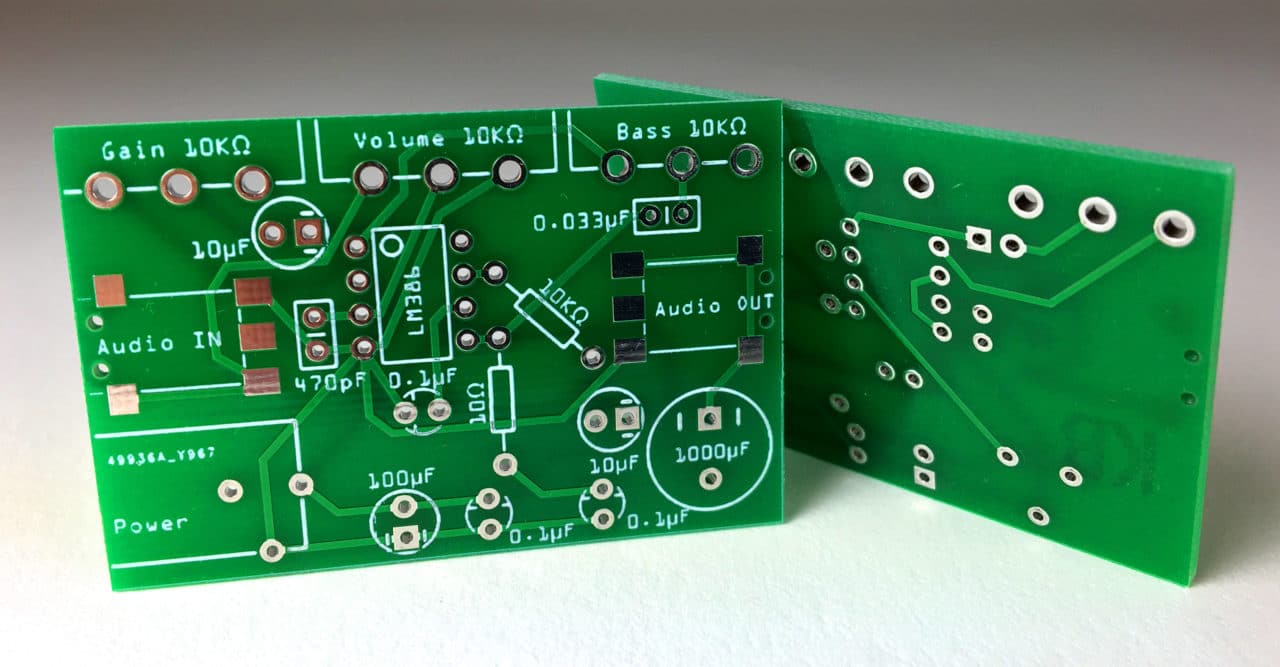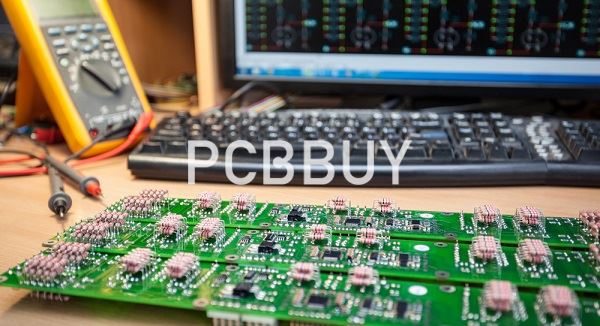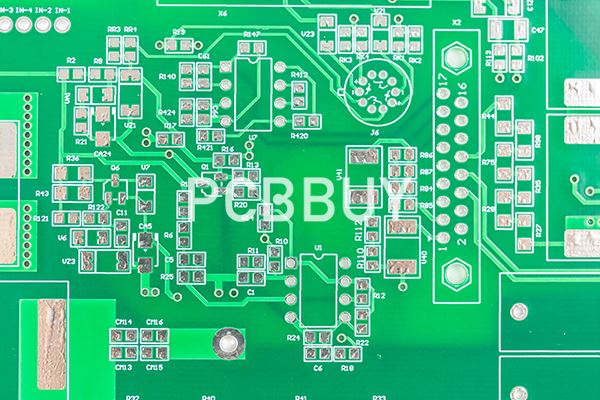High voltage PCB design guidelines
By:PCBBUY 07/03/2021 17:37

In short, any PCB that runs at a much higher voltage than the normal rail voltage can call a medium or high voltage PCB. Boards like mains powered power supplies, Inverters, EV chargers, etc. fall into this category.
There is no fixed number over which board would be considered high voltage. But as a rule of thumb, you could consider something like 100V, beyond which you would want to take special design rules into account.
In this passage we will focus on the High voltage PCB design and provide everything about it. Please check and read the content below for more professional information.

What is the basic information of high voltage PCB?
Dielectric Strength
The dielectric strength of a material is the maximum electric field the material can withstand without losing its insulating properties. Usually, this would be FR4 for most PCBs. So the first important thing to check is the dielectric strength of your PCB material. FR4 rated for 300 mils/mil; however, IPC standards will recommend a spacing of 3.9mils for 80V. It is often wise to leave room for it and therefore follow IPC standards.
Creepage Distance
Creepage distance is the shortest distance between two conductive parts along the surface of a solid insulating material. The main basis for the determination of creepage distance is the long-term voltage applied on the two conductors. Over time, there can be contamination on the board, so it is wise to have additional headroom. Creepage distance recommendations for most components and layouts are usually provided in their datasheets. It is one of the important parameters when it comes to High Voltage PCBs.
Clearance
Clearance is the shortest distance in air between two conductive parts. The dielectric strength of the air governs the clearance. Air usually breaks down at about 3KV per mm. However, under conditions of moisture and contamination, this value can go much lower. The IPC standards specify different clearance distances for design types. Most components are already compliant, and they are packaged in packages of high enough pin pitch. For example, a 600V rated Mosfet will usually come in a TO-220 or TO-247 package. More information about creepage and clearance can be found here:
Solder Mask
The solder mask also acts as an insulator to some extent. So for boards with fine pin pitch and high voltage between pins, it is important to go with a manufacturer who can apply a solder mask between PCB's the fine pitch PCB.

How to do design practices for high voltage PCB?
Routing
Whenever routing traces for high voltage PCBs, the following points are most important:
1. Keeping clearance between traces that have a high voltage difference between them.
2. Avoiding any sharp turns and edges as these can act as areas of the concentrated electric field.
3. Avoid running very high voltage traces on the internal layers of the board.
Polygon Planes
For all high voltage PCBs, the polygon plane clearance should be increased to a safe value and certain sections of the board. For example, if there is a trace carrying 600V towards an edge connector on a board, then a lot of times, the design won't have a polygon pour near that trace.
Also, internal planes on a multi-layer PCB should not have a very high voltage or a very small distance between them.
Internal Layers
It is possible to make multi-layers with the medium voltage on all layers. The major consideration is the proper filling of the spaces between the layers. The thickness of the separation between layers must be at least .005" to maintain the filling medium's integrity, prepreg. Any voids or pockets will degrade the dielectric value seriously.

The standard prepreg FR4 type multi-layer is not suited to medium or high voltage work. The material breaks down too fast and does not feature a homogeneous internal structure. The excess microvoids degrade the dielectric rating resulting in its poor performance.
EMI Considerations
High voltage PCBs are notorious for emitting disturbances over a wide spectrum. The most important thing to minimize these is to have a small loop area and extensive via stitching to the ground plane wherever possible. Additionally, the high voltage components can also be potted and then shielded by a metallic sheet.
How to select component for high voltage PCB design?
High-Frequency Transformers
Most high voltage boards will almost always involve a switch-mode circuit with a transformer to produce the high voltage. In these cases, you must comply with the core insulation level of the transformer.
Regarding the PCB layout, the ground plane should ideally separate between the primary side and the secondary side. There should be a large isolation gap with cut-outs on the board between the primary and secondary sides.
Mosfets/Transistors/Switches
Most of the time, the high voltage devices will come in the correct package rated to withstand the high voltage between pitch.
Even then, it is a good practice to pick the device with the largest pin pitch if you know the voltages would be quite high. A common example will be to pick a TO-247 device instead of a TO-220 if there are no space constraints. Similar examples can be applied for SMD devices as well.
Passive Components
When picking passive components, the component size is crucial as it is directly dependant on the voltage it can tolerate. So let's say the design has 300V between an SMD resistor. Then it would be much better to choose a package like 1206 rather than 0402. It is often a requirement to put multiple such components in series to reduce voltage stress across them
Industry Category











